Why the Enneagram Stands Out Among Leadership and Personality Assessments
With so many personality and leadership assessment tools available, how do you choose the right one? Many tests focus solely on behaviour – what we do – but true transformation comes from understanding motivation – why we do it.
When we change our motivation, we create sustainable change.
This is where the Enneagram excels. Unlike other assessments, it explores both behaviour and core motivation, offering a deeper approach to personal and professional growth.
Why Choose the Enneagram?
Motivation + Behavior: It reveals what you do and (almost more importantly) why you do it – helping you recognize patterns, strengths, and blind spots.
A Growth Roadmap: The Enneagram evolves with you, providing insights that support a lifetime of development.
Versatile Applications: Used in leadership, coaching, team development, therapy, and personal relationships.
Strengths + Shadows: While many tests highlight strengths, the Enneagram also uncovers blind spots – offering a more complete picture for understanding ourselves more deeply.
Time-Tested Framework: With roots dating back 2,000 years and modern psychological research supporting its insights, it has a depth that few other tools can match.
How the Enneagram Compares to Other Assessments
CliftonStrengths (StrengthsFinder)
Developed by Gallup, this test identifies your top five strengths out of 34 possible traits. It’s research-backed and widely used in workplaces and helps individuals and teams focus on their strengths to improve performance. What this one ignores are the weaknesses and blind spots, which limits the potential for deeper personal growth. Essentially, it provides only half the picture – knowing strengths is helpful, but understanding challenges is essential for balanced leadership.
Myers-Briggs Type Indicator (MBTI)
One of the most widely used assessments for categorizing personality types. This one groups people into 16 types based on preferences like introversion/extroversion and thinking/feeling. It’s common in corporate settings and self-discovery but it focuses on surface traits rather than motivation. With no clear framework for growth, it’s more of a self-awareness tool than a developmental guide. It can feel overwhelming or too rigid, with 16 distinct types and letter codes that may seem impersonal.
Human Design
A newer framework (1992) that blends astrology, I Ching, Kabbalah, and chakra systems. It categorizes people into four "energy types" to guide decision-making and life purpose. It lacks scientific validation and research backing since it originates from mystical experience rather than empirical studies. This one can be fun and informative for self-exploration but not a reliable tool for leadership or professional development.
The Bottom Line
The Enneagram is a powerful tool if you’re looking for an assessment that goes beyond behavior to uncover motivation. Whether you're a leader, coach, or team builder, the Enneagram provides actionable insights for personal and professional growth that evolve with you over time.
It doesn’t just tell you who you are – it guides you toward who you can become.
